Classrooms today are more diverse than ever, with many early childhood educators welcoming more multilingual learners—children who are developing proficiency in two or more languages—into their classrooms. These learners represent a growing demographic in early childhood education (ECE). According to U.S. Census data reported by NAEYC, nearly 25% of children in preschool programs in the United States, and 21% of Canadian households, are multilingual. By 2030, it's projected that nearly 40% of U.S. school-age children will grow up speaking a language other than English at home (K. Nemeth, 2016)
Early childhood programs play a crucial role in helping these children thrive. With the right strategies and culturally responsive teaching, early childhood educators can support language development, celebrate cultural identities, and foster a sense of belonging in all children.
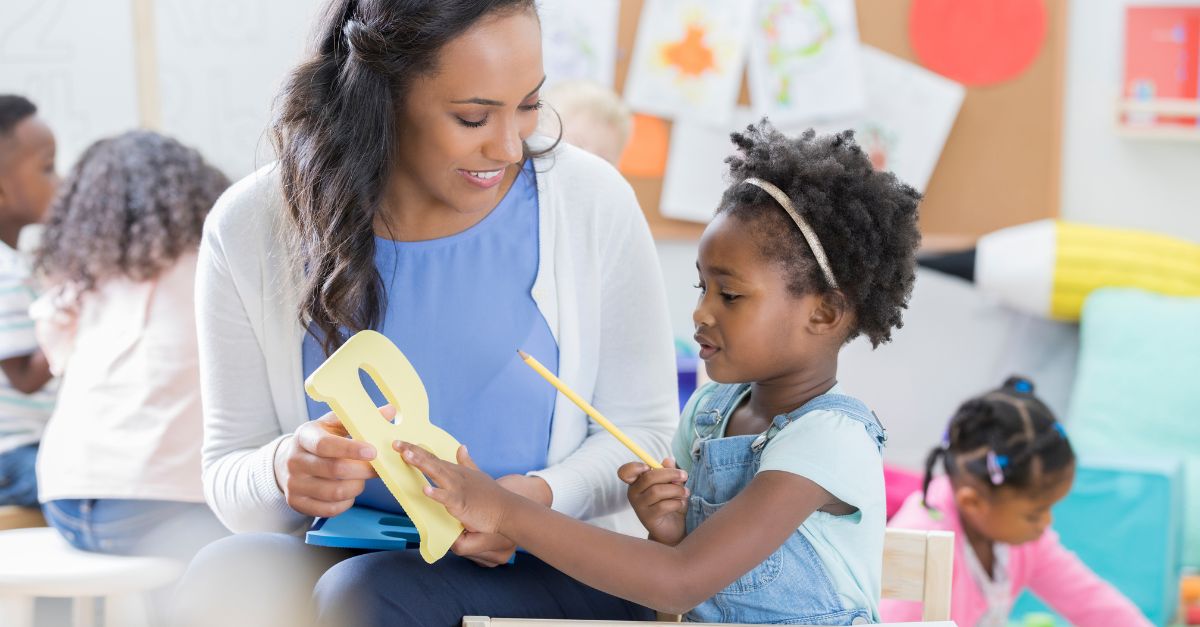
In this blog, we will share classroom strategies to help multilingual learners thrive. Before we dive in it is important to understand how young children experience the stages of second language learning and why language development is so important in early childhood education.
Stages of Second Language Learning
According to Zero to Three, children go through predictable stages in language development as they learn the languages around them, whether it's one or more. Although the timing of these stages can vary greatly from child to child, the sequence remains similar:
- 0-6 months: Cooing
- 6-12 months: Babbling (practicing sounds and learning word meanings before speaking)
- 12-20 months: Speaking single words and expanding their understanding of words
- 18-24 months: Using simple two-word combinations (e.g., "truck go")
- 24-36 months: Speaking in full sentences and having basic conversations
For preschoolers learning a second language (after already acquiring a first language), the stages are similar but can be more variable. This variability depends on factors like the development of their first language and how it transfers to the second (Tabors, 2008; Sandhoffer & Uchikoshi, 2013).
- Stage one: Children may continue using their home language at school but could become less vocal or even stop speaking if the learning environment doesn't support their language.
- Stage two: Children develop receptive language skills and may understand more than they can express, like following routines but not yet responding verbally.
- Stage three: They start to use simple phrases, such as "Up!" to mean "Look up at the bird," or "Up?" to ask for help. Formulaic speech, like "I want ___" paired with a gesture, also begins to emerge.
- Stage four: Children are conversationally fluent, speaking in longer sentences, but still rely on their first language and background knowledge for some thoughts and understanding.
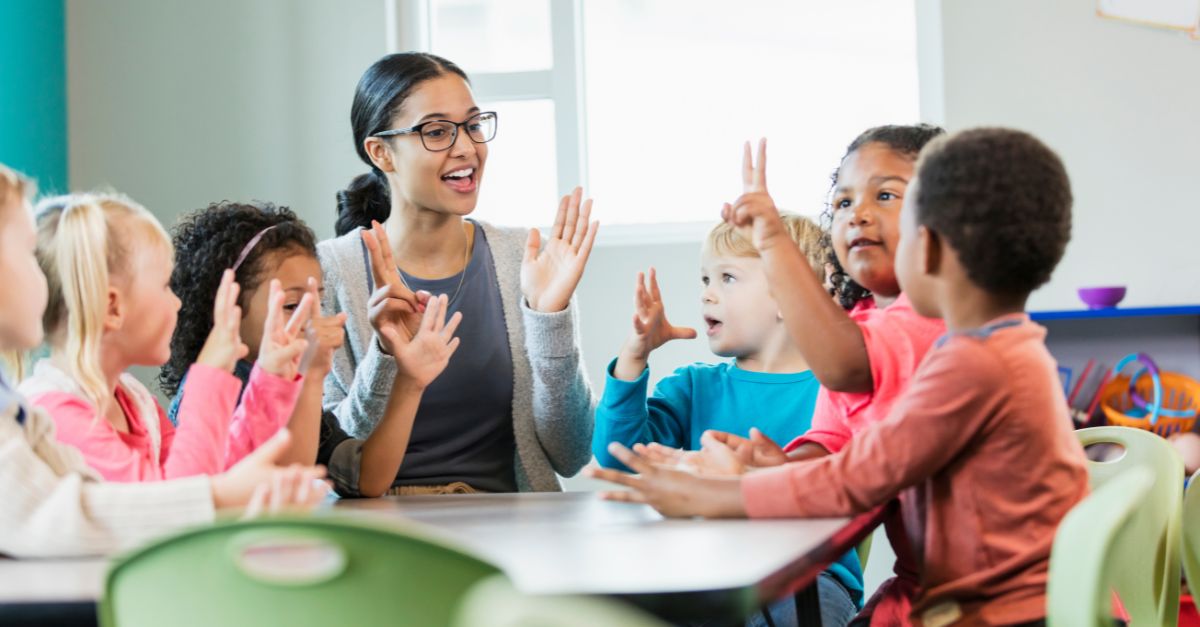
It's important to remember that learning a second language does not erase a child's first language. Support for both languages is crucial for creating inclusive classrooms, while also supporting optimal communication development in young children. It is also important for educators to be mindful that learning a new language and new language practices takes time, and realistic expectations should be set. Young dual language learners are not only learning a second language, they are also adjusting to new cultural conventions, which may influence when and how they speak (Rogoff, 2003).
Why Language Development Matters
For young children, language acquisition is the cornerstone of learning and forming meaningful relationships. It provides the foundation for expressing ideas, understanding the world around them, and connecting with others. Language development is especially crucial in the early years, as it lays the groundwork for literacy development and academic success.
When children are learning a second language alongside their home language, the process can feel challenging—not just for the children, but for their teachers as well. Educators might worry about how to best support a child's language development, especially if they are not fluent in that child's home language. However, rest assured, you don't need to be multilingual to have a significant impact. The key is creating an environment that is welcoming and safe, fosters language growth, and is rich in opportunities for listening, speaking, and connecting.
Teaching Strategies to Support Multilingual Students
Create a Language-Friendly Environment
- Label Your Classroom: Add bilingual labels to classroom items (e.g., "blocks/bloques") to connect words with objects.
- Use Multilingual Books: Include books in both English and children's home languages. Invite families to donate or recommend favorites.
- Show Diversity: Display posters, artwork, and cultural items that represent the languages and cultures in your classroom. For example, when exploring nutritious foods, ask families to send in the names of foods they consider healthy and nutritious in their regular meals, or a photo of their child helping to make this favourite meal at home. This allows educators to incorporate the names and familiar foods in class books, displays or circle time, making learning more relevant and inclusive.
Incorporate Visual and Hands-On Learning
Young children learn best when they can see, touch, and interact with what they're learning.
- Use Visual Aids: Show pictures or real objects to introduce new words. For example, hold up an apple when teaching the word "apple."
- Act It Out: Demonstrate actions like "jumping" or "clapping" and let the children copy you.
- Provide Multisensory Experiences: Activities like sorting colorful objects, playing with sensory bins, or exploring textures can introduce new vocabulary naturally. Explicit support for English language learners will be needed. Teachers should take time to explain and demonstrate the meanings of words for all children, especially for Dual Language Learners (DLLs). For DLLs, it's crucial to make connections between new words and words they already know in their home language (Ackerman & Tazi, 2015).
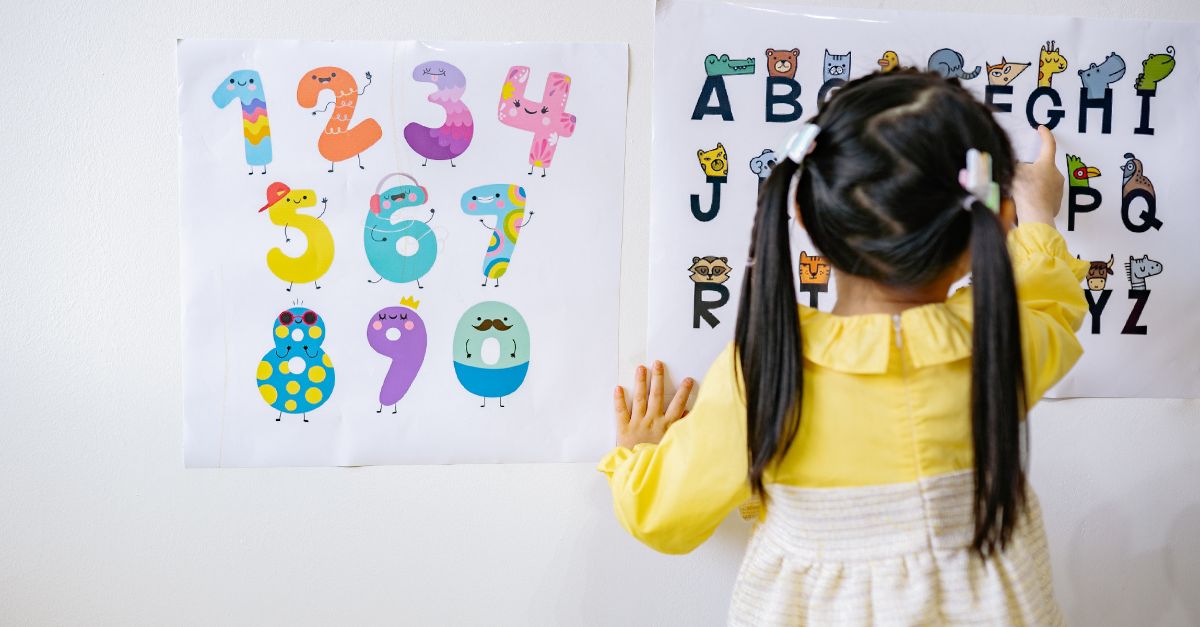
Make Learning Fun with Songs and Stories
Music and storytelling are powerful tools for the development of early literacy skills.
- Sing in Both Languages: Try singing familiar songs in English and sprinkling in words from children's home languages. For example, use Spanish animal names in Old MacDonald.
- Read Stories: Reading books in English is a great way to introduce new vocabulary words. Educators can also enhance the experience by incorporating instructional strategies that promote a child's home language throughout the story. For example, if you're reading a book about a child who plays soccer, you might say, "Do you like soccer/fútbol?" This approach gives children the chance to connect the word they're hearing with the story's images and context. It also allows them to make meaningful connections between their home language and English, helping them feel more engaged and included.
- Encourage Storytelling: Let children tell their own stories, even if they mix languages. For example, "The dog is grande and very fast!" Any opportunity for the child to speak in either language is a great way for them to build confidence in the classroom.
Encourage Conversations and Language Flexibility
Talking with children helps them practice new words and build confidence in using oral language to communicate.
- Encourage Children to Communicate in Whatever Language They Choose: The more children know in their first language, the stronger the transfer to a second language will be. It's important for children to speak and write in whatever language(s) they can. Don't worry if children mix languages (known as "code switching"); it's a sign they are using all their language resources to communicate effectively. If the caregivers in a classroom do not speak a child's home language, they can try learning a few key phrases in that language to encourage conversation. They can ask open-ended questions like "What are you doing?" in the child's home language to help them express themselves and use more vocabulary.
- Ask Open-Ended Questions: Use prompts like "What do you think will happen next?" or "How does this work?"
- Use Simple Phrases: Offer sentence starters like "I see…" or "I feel…" to guide their responses.
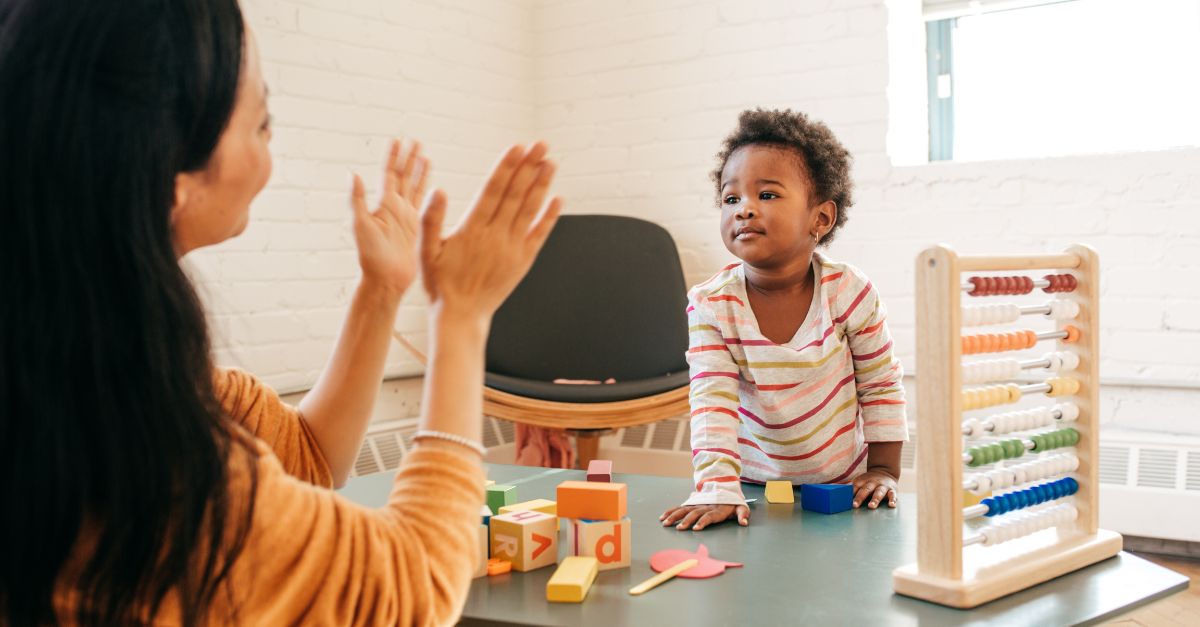
Involve Families in the Learning Process
Families are a child's first teachers and involving them can strengthen your classroom community.
- Invite Family Participation and Learn From Them: Ask families to share songs, stories, key words, or traditions with the class.
- Send Home Bilingual Resources: Share books, activity ideas, or simple games that families can enjoy together.
- Celebrate Cultures: Host cultural days where families can showcase food, clothing, or traditions. Encouraging families to share elements of their culture helps children feel proud of their cultural backgrounds and creates a more inclusive learning environment.
Focus on Small Wins
Language learning is a journey, so celebrate progress along the way.
- Acknowledge Effort: Praise children when they try new words or phrases, even if they're not perfect.
- Highlight Achievements: Create a classroom chart to track "new words we've learned" in different languages.
By fostering an environment that supports both the home language and the main classroom language, children can develop strong language skills and build lasting connections across cultures.
Ongoing Professional Development for Educators
Supporting multilingual learners requires dedication, reflection, and a willingness to learn and grow as an educator. High-quality professional development plays a crucial role in equipping early childhood educators with the tools, knowledge, and confidence to create the best learning environment for multilingual children.
- Seek Out Training: Look for workshops, courses, or webinars focused on language acquisition, bilingual education, and strategies for working with Dual Language Learners (DLLs). Many local organizations may offer in-person training opportunities.
- Collaborate with Colleagues: Share ideas, strategies, and experiences with fellow educators. A collaborative approach allows for continuous learning and encourages the exchange of successful techniques for supporting multilingual children in the classroom.
- Reflect and Adapt: Regularly reflect on your teaching practices and be open to adjusting them based on what works best for the children in your care. For example, you might find that a particular strategy is more effective with certain groups of children. Being flexible and responsive to their needs is key to fostering an inclusive and supportive learning environment.
- Stay Informed: Language development is an evolving field, and staying up to date with the latest research and practices will help you refine your approach. Join professional organizations and subscribe to journals or newsletters that focus on early childhood education and language development.
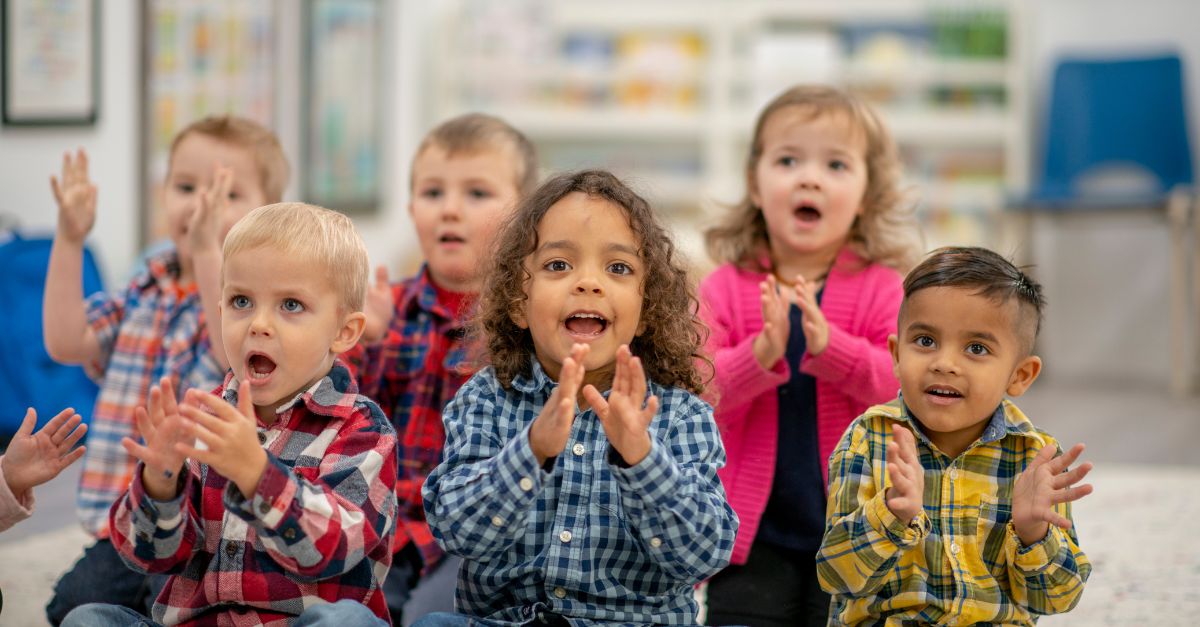
By committing to professional growth, you can ensure that your classroom remains a place where all children, regardless of language background, can thrive. Investing in your own development not only benefits the children but also strengthens your confidence and competence as an educator, making a lasting impact on the multilingual learners in your care.
Lillio Academy offers high-quality professional development for child care providers. Whether you are looking to support multilingual learners, uplift the culture of your classroom, or improve the effectiveness of your documentation, we have you covered.
To learn more about how Lillio Academy supports early childhood educators with professional development that is modern, personal, self-paced and expert created click here!